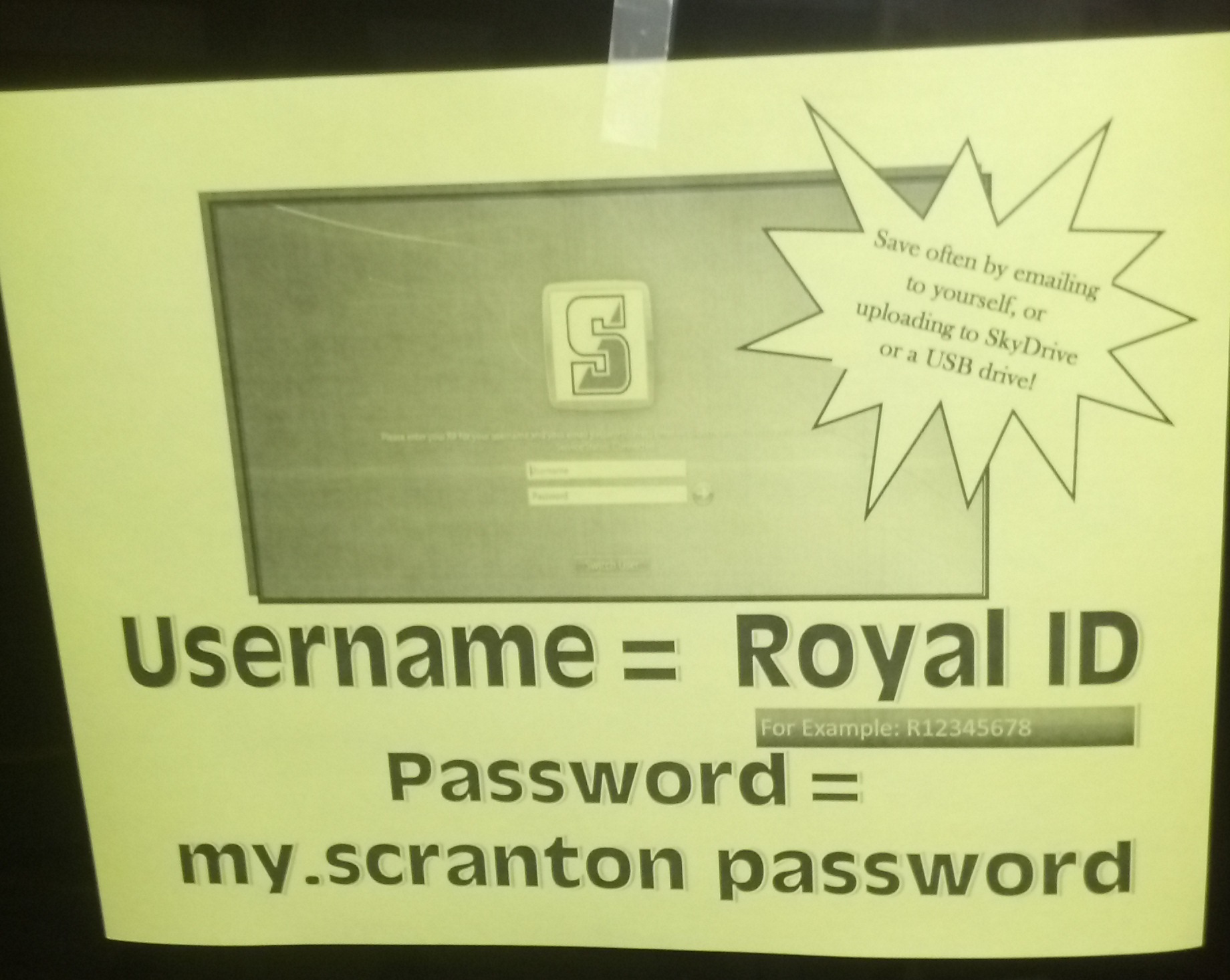One of the issues TAG is tackling this fall is departmental websites (as distinct from faculty member websites, which we worked out with the CTLE and PR last year). The big question is: Who has responsibility for creating and updating content on academic department websites? Some background information —
–Departmental web pages are really important for admissions and PR – they get a lot of hits and a lot of attention (as seen in Google Analytics).
–Departmental web pages are housed in the University’s content management system (CMS) and follow templates so that all University pages are consistent.
–The CMS is managed by Public Relations. (Lori Nidoh represents PR on TAG).
–The University’s Web Guidelines break web pages into categories, and each category includes information about who has what roles. Two parts, excerpted here, mention departmental websites. Section III.C.b (“Academic Departmental Pages”):
“Academic department pages are vital for prospective students, current students and faculty. Departments are encouraged to maintain their pages and to develop content on their pages that reflects the distinctive interests and qualities of the faculty and their discipline. Academic departments should appoint at least a contributor and approver for their pages and can request to have a person designated as a publisher following appropriate training.”
and Appendix 1 (“Academic Uses of the Web”):
“The Web is a valuable opportunity to present creatively and dramatically departments, academic and extracurricular programs, and the faculty members that make it all work. Academic use of the Web is ultimately governed by academic freedom, as described in the Faculty Handbook, and the Code of Responsible Computing. Each academic department will have pages on the University’s Web site
created and maintained by the department using the University’s Web Content Management System (CMS), and structured by the templates provided in the CMS. These pages present the formal administration of departments and the curricula that comprise academic programs, that is, the material approved and published in the catalog. The content of these pages require approvals from the chair of the department or the program director and the relevant dean.1. The academic department page (see Fig. 1 and Fig. 2) serves as the entry point or ‘landing page’ for prospective students and other guests through Web searching. Except for a the top navigation bar and a block containing Admissions information, the content of this page consists of input from the academic department chairperson or the program director and faculty associated with the program, as approved by the Dean. The faculty of the programs are encouraged to provide original content for program pages to make them as dynamic and engaging as possible.”
–Course descriptions are managed in the centralized University catalog.
–Academic departments were supposed to identify a “point person” in the department who would be responsible for the department’s site, and their work would count as departmental/University service. (See Dave’s post from last year on his experiences with the History department page.)
–A faculty member “point person” needs to attend CMS training to learn how to edit the department website. Text and minor structural changes can be made by faculty, but additional customizations generally require additional support from PR.
–Faculty have some concerns about this plan. A summary:
- The CMS interface is not easy to use, especially if you’re not using it regularly. It takes time to remember how to do things and to remember where files are/should be.
- Editing and updating content is very time consuming – faculty “point people” may see a significant increase to their workload. There is a constant flow of information of different types that needs to be updated or revised.
- Interactive or customized web requests still have to go through PR.
–PR’s perspective (Note: will update after consulting with Lori)
- Faculty should be responsible for web content on academic pages.
- Academic department pages need to be up to date and relevant to students.
- New efforts towards developing responsive web design may affect this discussion.
–Ideas for possible solutions that we’ve come up with to date:
- Faculty “point people” control, provide, and publish academic department websites via the CMS.
- Some academic affairs staff members specialize in web publishing and implement CMS changes on behalf of their departments (?) [Academic Affairs was working on a faculty profile project last year – status of this is unknown.]
- Faculty provide information updates and content to an undetermined “point person” with expert knowledge of the CMS, who then alters the actual files and publishes the changes.
- [Rutgers model] Faculty provide information updates and content to an undetermined CMS expert – but with rolling windows of time. E.g., each Sept/January faculty could submit changes to courses. Each July, departments could submit information for new faculty, etc.
- ??
TAG members and PR staff, please let me know if I’ve misstated or missed something – and please let me know if you have other solution ideas or suggestions on next steps to consider!


